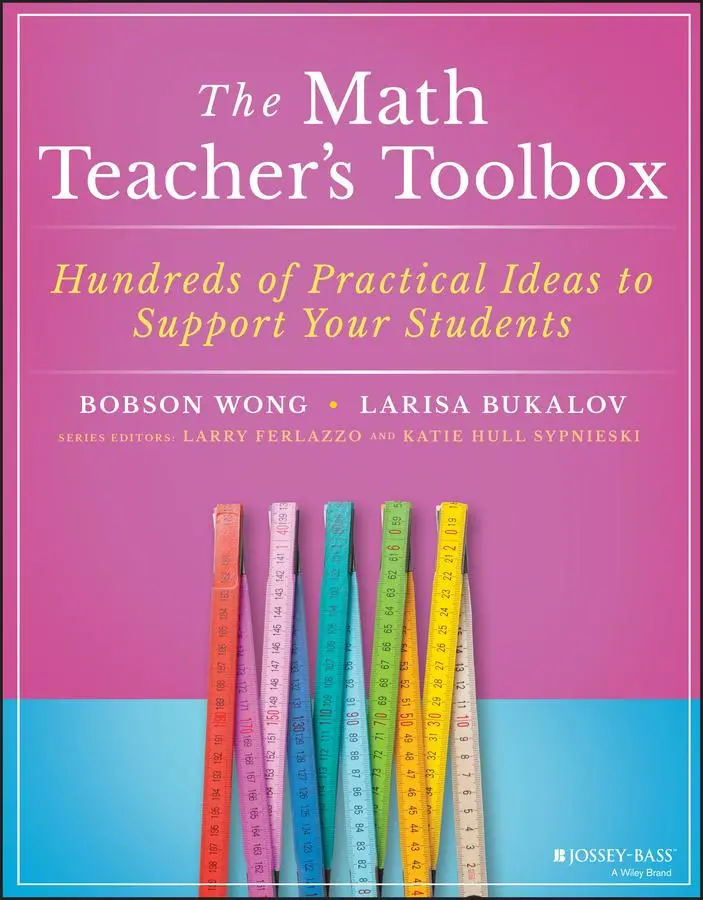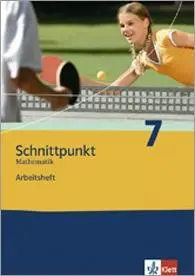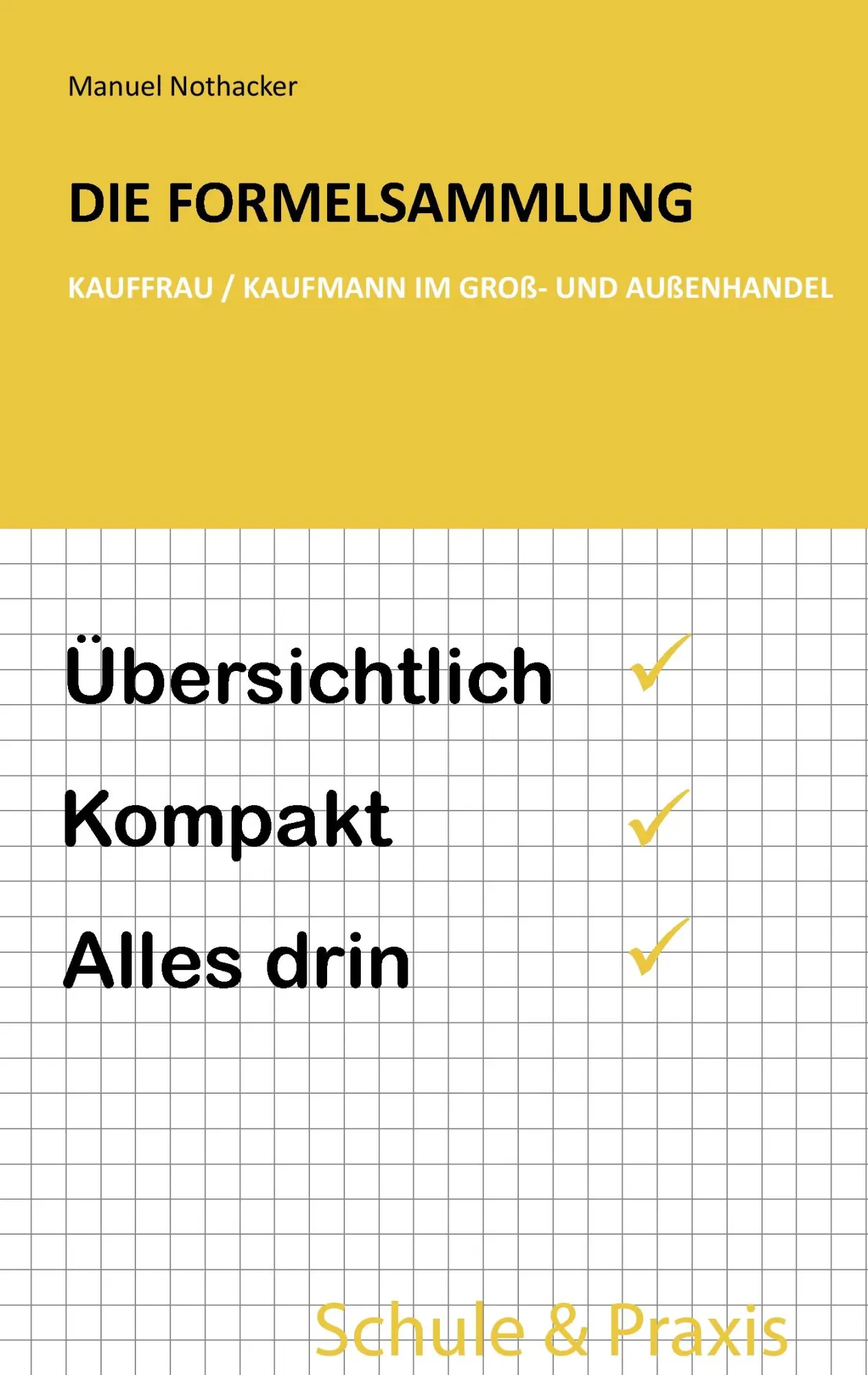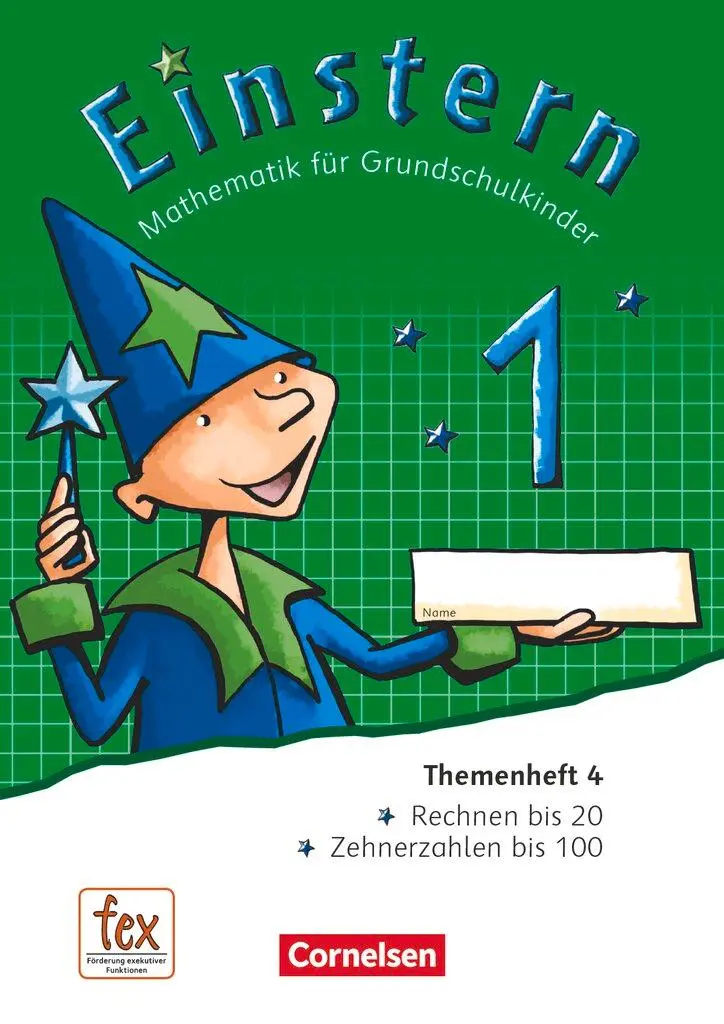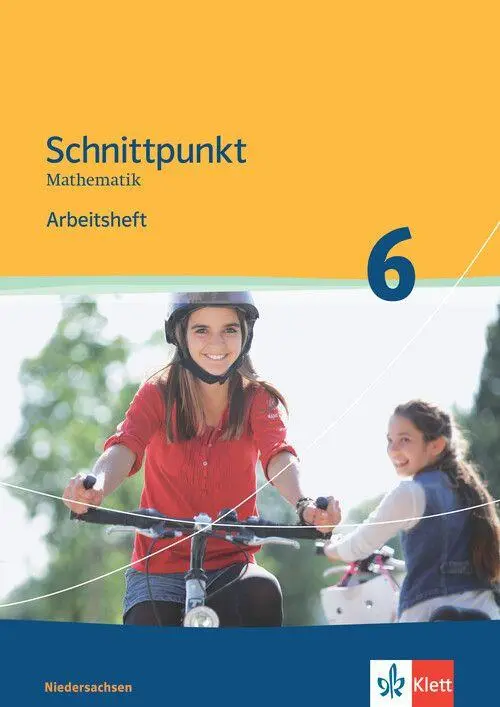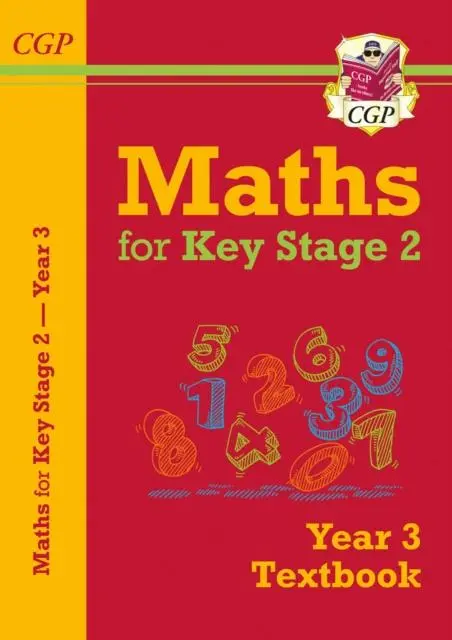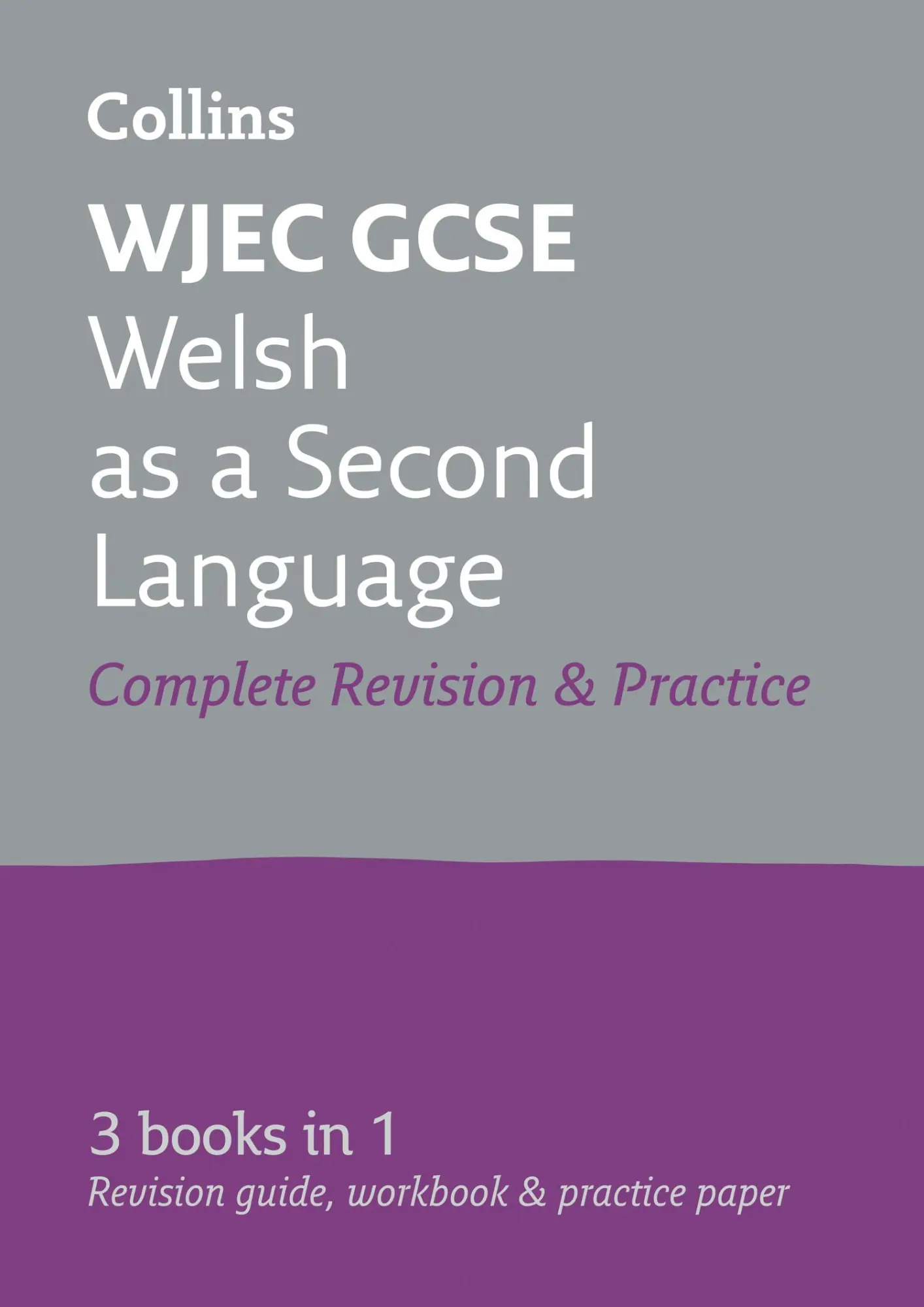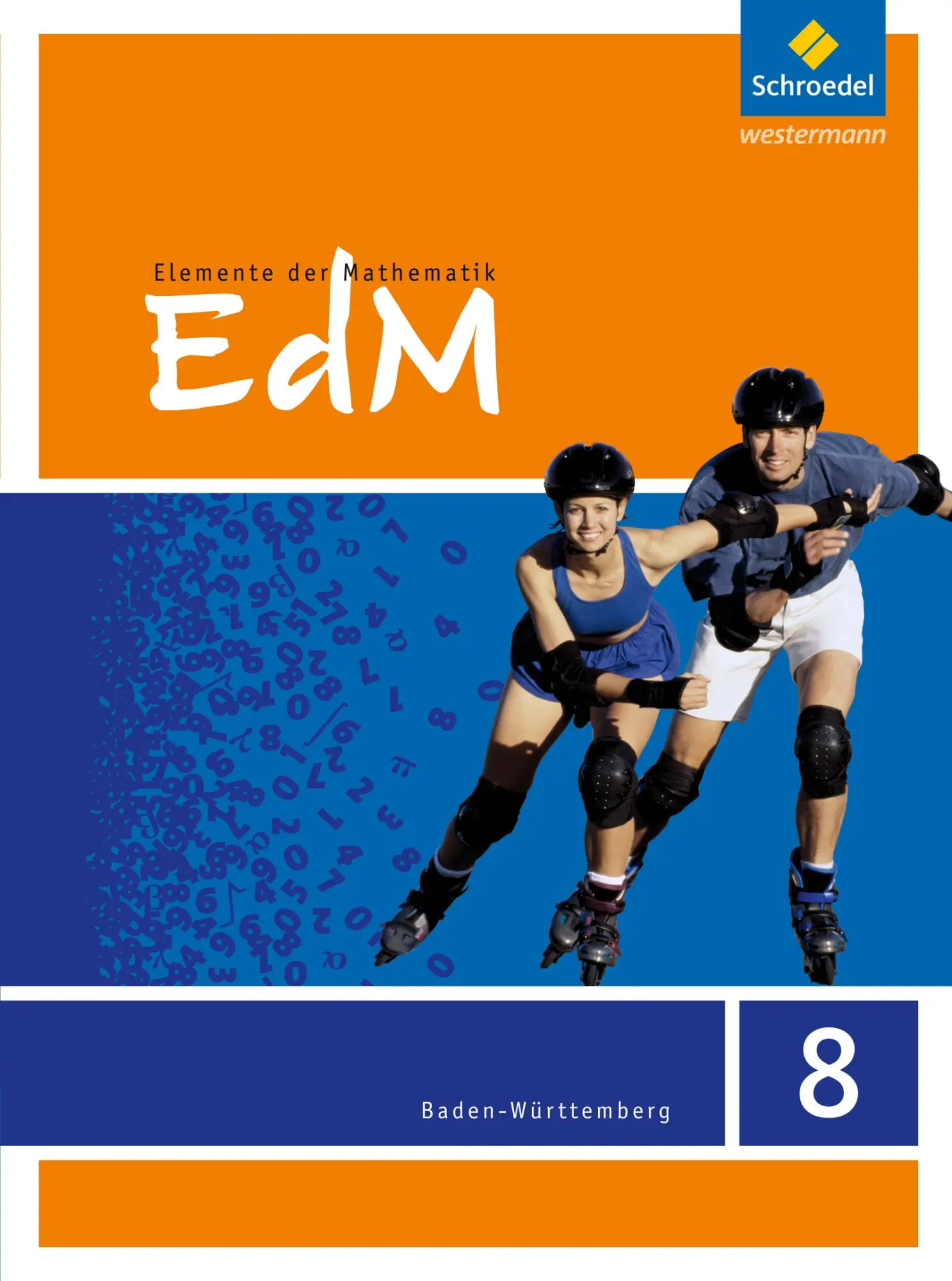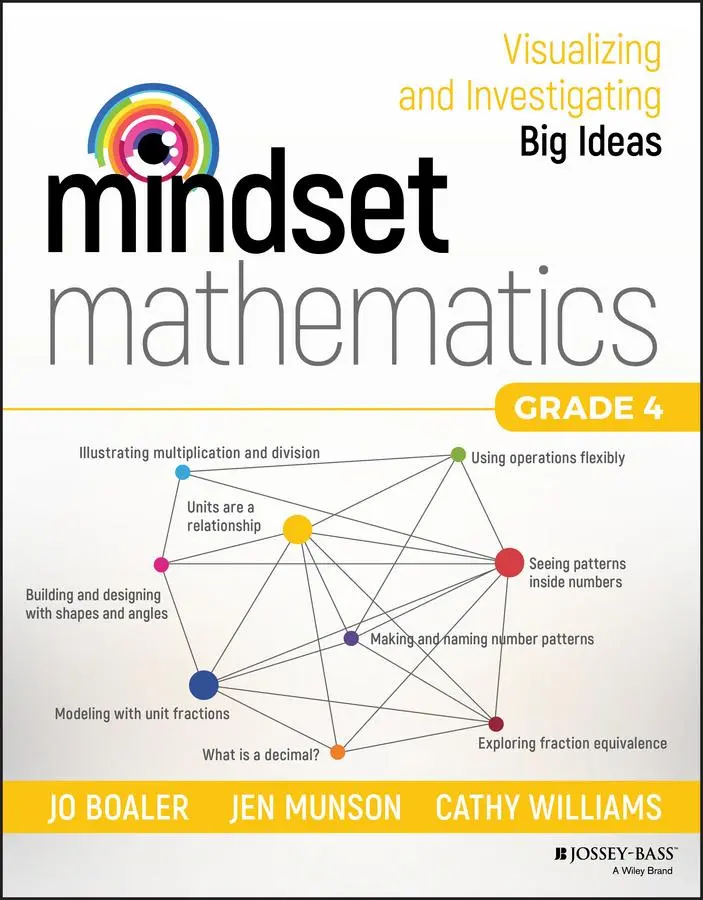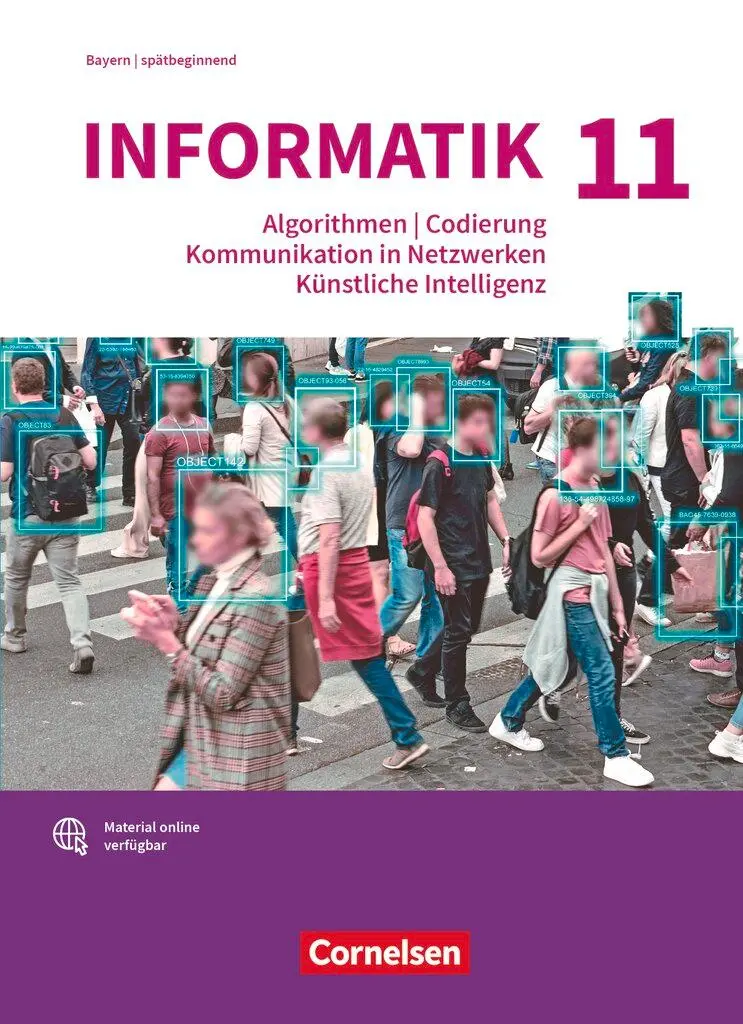36,50 €*
Versandkostenfrei per Post / DHL
Aktuell nicht verfügbar
The Teacher's Toolbox series is an innovative, research-based resource providing teachers with instructional strategies for students of all levels and abilities. Each book in the collection focuses on a specific content area. Clear, concise guidance enables teachers to quickly integrate low-prep, high-value lessons and strategies in their middle school and high school classrooms. Every strategy follows a practical, how-to format established by the series editors.
The Math Teacher's Toolbox contains hundreds of student-friendly classroom lessons and teaching strategies. Clear and concise chapters, fully aligned to Common Core math standards, cover the underlying research, required technology, practical classroom use, and modification of each high-value lesson and strategy.
This book employs a hands-on approach to help educators quickly learn and apply proven methods and techniques in their mathematics courses. Topics range from the planning of units, lessons, tests, and homework to conducting formative assessments, differentiating instruction, motivating students, dealing with "math anxiety," and culturally responsive teaching. Easy-to-read content shows how and why math should be taught as a language and how to make connections across mathematical units. Designed to reduce instructor preparation time and increase student engagement and comprehension, this book:
* Explains the usefulness, application, and potential drawbacks of each instructional strategy
* Provides fresh activities for all classrooms
* Helps math teachers work with ELLs, advanced students, and students with learning differences
* Offers real-world guidance for working with parents, guardians, and co-teachers
The Math Teacher's Toolbox: Hundreds of Practical ideas to Support Your Students is an invaluable source of real-world lessons, strategies, and techniques for general education teachers and math specialists, as well as resource specialists/special education teachers, elementary and secondary educators, and teacher educators.
The Teacher's Toolbox series is an innovative, research-based resource providing teachers with instructional strategies for students of all levels and abilities. Each book in the collection focuses on a specific content area. Clear, concise guidance enables teachers to quickly integrate low-prep, high-value lessons and strategies in their middle school and high school classrooms. Every strategy follows a practical, how-to format established by the series editors.
The Math Teacher's Toolbox contains hundreds of student-friendly classroom lessons and teaching strategies. Clear and concise chapters, fully aligned to Common Core math standards, cover the underlying research, required technology, practical classroom use, and modification of each high-value lesson and strategy.
This book employs a hands-on approach to help educators quickly learn and apply proven methods and techniques in their mathematics courses. Topics range from the planning of units, lessons, tests, and homework to conducting formative assessments, differentiating instruction, motivating students, dealing with "math anxiety," and culturally responsive teaching. Easy-to-read content shows how and why math should be taught as a language and how to make connections across mathematical units. Designed to reduce instructor preparation time and increase student engagement and comprehension, this book:
* Explains the usefulness, application, and potential drawbacks of each instructional strategy
* Provides fresh activities for all classrooms
* Helps math teachers work with ELLs, advanced students, and students with learning differences
* Offers real-world guidance for working with parents, guardians, and co-teachers
The Math Teacher's Toolbox: Hundreds of Practical ideas to Support Your Students is an invaluable source of real-world lessons, strategies, and techniques for general education teachers and math specialists, as well as resource specialists/special education teachers, elementary and secondary educators, and teacher educators.
BOBSON WONG is a three-time recipient of the Math for America Master Teacher Fellowship, a New York State Master Teacher, and a member of the Advisory Council of the National Museum of Mathematics. He has served on New York State's Common Core Mathematics Standards Review Committee, the United Federation of Teachers' Common Core Standards Task Force, and as an Educational Specialist for the New York State Education Department.
LARISA BUKALOV is a four-time recipient of the Math for America Master Teacher fellowship and a recipient of Queens College's Excellence in Mathematics Award for promoting mathematics teaching as a profession. She has taught all levels of math, coached the school's math team, and created a math research program for students. As part of her work with Math for America, Larisa has run several professional development sessions for teachers.
LARRY FERLAZZO teaches English, Social Studies, and International Baccalaureate classes to English Language Learners and others at Luther Burbank High School in Sacramento, California. He is the author and co-author of nine books, including The ELL Teacher's Toolbox, and writes a weekly teacher advice column for Education Week Teacher. He is the recipient of the Ford Foundation's Leadership for a Changing World Award and winner of the International Reading Association Award for Technology and Reading.
KATIE HULL SYPNIESKI has taught English language learners and others at the secondary level for over twenty years. She teaches middle school English Language Arts and Social Studies at Fern Bacon Middle School in Sacramento, California, and leads professional development for educators as a consultant with the Area 3 Writing Project at the University of California, Davis. She is co-author of several books including The ELL Teacher's Toolbox.
List of Tables xix
About the Authors xxi
About the Editors xxiii
Acknowledgments xxv
Letter from the Editors xxvii
Introduction 1
Our Beliefs about Teaching Math 2
Structure of This Book 3
Why Good Math Teaching Matters 4
I Basic Strategies 5
1. Motivating Students 7
What is It? 7
Why We Like It 8
Supporting Research 8
Common Core Connections 9
Application 10
Nurturing Student Confidence 10
Motivating Through Math 11
Rewards 14
Motivating Through Popular Culture 15
Motivating English Language Learners and Students with Learning Differences 16
Student Handouts and Examples 18
What Could Go Wrong 18
Using Fear to Motivate 18
Stereotype Threat 19
"Why Do We Need to Know This?" 19
Misreading Students 20
Limitations to Motivation 21
Technology Connections 21
Figures 22
Figure 1.1 Pattern Blocks 22
Figure 1.2 Rotational Symmetry 23
Figure 1.3 Exponential Growth 24
Figure 1.4 Identify a Void 26
2. Culturally Responsive Teaching 27
What is It? 27
Why We Like It 28
Supporting Research 28
Common Core Connections 29
Application 30
Self-Reflection 30
Building a Collaborative Learning Partnership 32
What Could Go Wrong 36
"Color-Blind" Teaching 36
Good Intentions 37
Finding the Right Time or Place 38
Technology Connections 38
3. Teaching Math as a Language 41
What is it? 41
Why We Like It 41
Supporting Research 42
Common Core Connections 42
Application 42
Eliciting the Need for Mathematical Language 42
Introducing Symbols and Terms 43
Translating Between Symbols and Words 45
Making Connections Between Math and English 46
Examples of Confusing Mathematical Language 46
Encouraging Mathematical Precision 48
Vocabulary Charts and Flash Cards 49
Visual and Verbal Aids 51
Word Walls and Anchor Charts 52
Student Handouts and Examples 53
What Could Go Wrong 53
Not Treating Math as a Language 53
Math as a "Bag of Tricks" 54
Technology Connections 55
Figures 57
Figure 3.1 Concept Attainment 57
Figure 3.2 Words and Symbols Chart 58
Figure 3.3 Why the Word "Height" is Confusing 58
Figure 3.4 Draw a Picture 59
Figure 3.5 Functions Anchor Chart 60
Figure 3.6 Polynomials Anchor Chart 61
Figure 3.7 Why the Formula a2 + b2 = c2 is Confusing 61
4. Promoting Mathematical Communication 63
What is It? 63
Why We Like It 63
Supporting Research 64
Common Core Connections 64
Application 64
Open-Ended Questions 64
Guiding Students in Conversation 71
Four-Step Thinking Process 74
Mathematical Writing 79
Differentiating for ELLs and Students with Learning Differences 87
What Could Go Wrong 87
Dealing with Student Mistakes 87
Dealing with Teacher Mistakes 88
Problems in Discourse 88
Finding the Time 89
Student Handouts and Examples 89
Technology Connections 89
Attribution 90
Figures 91
Figure 4.1 Algebra Tiles Activity 91
Figure 4.2 Which One Doesn't Belong? 92
Figure 4.3 Error Analysis 93
Figure 4.4 Lesson Summary 95
5. Making Mathematical Connections 97
What is It? 97
Why We Like It 97
Supporting Research 98
Common Core Connections 98
Application 98
Equivalence 99
Proportionality 101
Functions 102
Variability 104
Differentiating for ELLs and Students with Learning Differences 107
Student Handouts and Examples 108
What Could Go Wrong 108
Technology Connections 109
Figures 111
Figure 5.1 Addition and Subtraction of Polynomials 111
Figure 5.2 Multiplication with the Area Model 112
Figure 5.3 Division with the Area Model 114
Figure 5.4 Completing the Square 115
Figure 5.5 Determining the Center and Radius of a Circle 115
Figure 5.6 Why (a + b)2 ¿ a2 + b2 115
Figure 5.7 Ratios and Similarity 116
Figure 5.8 Areas of Similar Polygons 117
Figure 5.9 Volumes of Similar Solids 118
Figure 5.10 Arc Length and Sector 119
Figure 5.11 Proportional Reasoning in Circles 120
Figure 5.12 Four Views of a Function 120
Figure 5.13 Rate of Change 121
Figure 5.14 Characteristics of Polynomial Functions 123
Figure 5.15 Even and Odd Polynomial Functions 124
Figure 5.16 Why f(x) = sin (x) is Odd and g(x) = cos (x) is Even 126
Figure 5.17 Linear Regression 127
Figure 5.18 Long-Run Relative Frequency 129
Figure 5.19 Two-Way Tables 131
Figure 5.20 Conditional Probability 133
II How to Plan 135
6. How to Plan Units 137
What is It? 137
Why We Like It 137
Supporting Research 138
Common Core Connections 138
Application 139
Getting Started 139
Making Connections Between Big Ideas 139
Developing a Logical Sequence 140
Organizing Topics and Problems 141
Summarizing the Unit Plan 141
Being Flexible 141
Developing Students' Social and Emotional Learning 141
Incorporating Students' Cultures 142
Differentiating for ELLs and Students with Learning Differences 143
Student Handouts and Examples 143
What Could Go Wrong 143
Technology Connections 145
Figures 145
Figure 6.1 Unit Plan: List of Skills 146
Figure 6.2 Unit Plan: Concept Map 147
Figure 6.3 Unit Plan: Sequence of Lessons 148
Figure 6.4 Sample Unit Plan 149
7. How to Plan Lessons 151
What is It? 151
Why We Like It 151
Supporting Research 152
Common Core Connections 152
Application 152
Defining the Lesson's Scope 152
Introductory Activity 153
Presenting New Material Through Guided Questions 154
Practice 155
Differentiating for ELLs and Students with Learning Differences 155
Summary Activity 156
Student Handouts and Examples 157
What Could Go Wrong 157
Technology Connections 159
Figures 162
Figure 7.1 Do Now Problem 162
Figure 7.2 Lesson Plan: Standard Deviation 162
Figure 7.3 Lesson Plan: Slope-Intercept Form 166
Figure 7.4 Revised Baseball Field Word Problem 168
8. How to Plan Homework 169
What is It? 169
Why We Like It 169
Supporting Research 169
Common Core Connections 170
Application 170
Sources 171
Homework Format 171
Homework as Practice 172
Homework as Discovery 173
Homework as Transfer 173
Discussing Homework 174
Collecting Homework 175
Grading Homework 176
Differentiating for ELLs and Students with Learning Differences 177
Student Handouts and Examples 178
What Could Go Wrong 178
Students Who Don't Do Homework 178
Mismanaging Class Time 179
Homework Review Challenges 179
Choosing the Wrong Problems 180
Technology Connections 180
Figures 183
Figure 8.1 Homework as Practice 183
Figure 8.2 Homework as Discovery-Ratios 184
Figure 8.3 Homework as Discovery-Mean Proportional Theorem 185
Figure 8.4 Homework as Discovery-Parabolas 186
Figure 8.5 Homework as Transfer-Similarity 187
Figure 8.6 Homework as Transfer-Bank Accounts 188
9. How to Plan Tests and Quizzes 189
What is It? 189
Why We Like It 189
Supporting Research 190
Common Core Connections 190
Application 190
Types of Questions 190
Test Format 193
Quiz Format 196
Reviewing for Assessments 196
Creating Scoring Guidelines for Assessments 199
Grading Assessments 202
Analyzing Test Results 203
Returning Tests 204
Differentiating for ELLs and Students with Learning Differences 207
Alternate Forms of Assessment 208
Student Handouts and Examples 208
What Could Go Wrong 208
Poor Scheduling and Preparation 209
Assessments as Classroom Management 210
Poorly Chosen Questions 210
Mistakes on Assessments 211
Student Cheating 212
Different Versions of Tests 213
Grading and Returning Assessments 214
Test Retakes and Test Corrections 215
Technology Connections 215
Test Questions, Answers, and Scoring Guidelines 215
Test Review 216
Test Analysis 216
Figures 217
Figure 9.1 Algebra I Test 217
Figure 9.2 Precalculus Test 220
Figure 9.3 Quiz 224
Figure 9.4 Creating Scoring Guidelines 225
Figure 9.5 Blank Test Corrections Sheet 226
Figure 9.6 Completed Test Corrections Sheet 228
Figure 9.7 Test Reflection Form 229
10. How to Develop an Effective Grading Policy 231
What is It? 231
Why We Like It 232
Supporting Research 232
Common Core Connections 232
Application 232
Standards-Based Grading 232
Minimum Grading Policy 234
Point Accumulation System for Grading 236
Differentiating for ELLs and Students with Learning Differences 237
More Than Just a Grade 238
What Could Go Wrong 239
Student Handouts and Examples 240
Technology Connections 240
Figures 241
Figure 10.1 Grade Calculation Sheet 241
Figure 10.2 Completed Grade...
| Erscheinungsjahr: | 2020 |
|---|---|
| Fachbereich: | Didaktik/Methodik/Schulpädagogik/Fachdidaktik |
| Genre: | Erziehung & Bildung, Importe |
| Rubrik: | Sozialwissenschaften |
| Medium: | Taschenbuch |
| Inhalt: | 560 S. |
| ISBN-13: | 9781119573296 |
| ISBN-10: | 1119573297 |
| Sprache: | Englisch |
| Einband: | Kartoniert / Broschiert |
| Autor: |
Wong, Bobson
Bukalov, Larisa |
| Redaktion: |
Ferlazzo, Larry
Hull Sypnieski, Katie |
| Herausgeber: | Larry Ferlazzo/Katie Hull Sypnieski |
| Hersteller: | Wiley |
| Verantwortliche Person für die EU: | Wiley-VCH GmbH, Boschstr. 12, D-69469 Weinheim, product-safety@wiley.com |
| Maße: | 277 x 217 x 32 mm |
| Von/Mit: | Bobson Wong (u. a.) |
| Erscheinungsdatum: | 28.04.2020 |
| Gewicht: | 1,262 kg |
BOBSON WONG is a three-time recipient of the Math for America Master Teacher Fellowship, a New York State Master Teacher, and a member of the Advisory Council of the National Museum of Mathematics. He has served on New York State's Common Core Mathematics Standards Review Committee, the United Federation of Teachers' Common Core Standards Task Force, and as an Educational Specialist for the New York State Education Department.
LARISA BUKALOV is a four-time recipient of the Math for America Master Teacher fellowship and a recipient of Queens College's Excellence in Mathematics Award for promoting mathematics teaching as a profession. She has taught all levels of math, coached the school's math team, and created a math research program for students. As part of her work with Math for America, Larisa has run several professional development sessions for teachers.
LARRY FERLAZZO teaches English, Social Studies, and International Baccalaureate classes to English Language Learners and others at Luther Burbank High School in Sacramento, California. He is the author and co-author of nine books, including The ELL Teacher's Toolbox, and writes a weekly teacher advice column for Education Week Teacher. He is the recipient of the Ford Foundation's Leadership for a Changing World Award and winner of the International Reading Association Award for Technology and Reading.
KATIE HULL SYPNIESKI has taught English language learners and others at the secondary level for over twenty years. She teaches middle school English Language Arts and Social Studies at Fern Bacon Middle School in Sacramento, California, and leads professional development for educators as a consultant with the Area 3 Writing Project at the University of California, Davis. She is co-author of several books including The ELL Teacher's Toolbox.
List of Tables xix
About the Authors xxi
About the Editors xxiii
Acknowledgments xxv
Letter from the Editors xxvii
Introduction 1
Our Beliefs about Teaching Math 2
Structure of This Book 3
Why Good Math Teaching Matters 4
I Basic Strategies 5
1. Motivating Students 7
What is It? 7
Why We Like It 8
Supporting Research 8
Common Core Connections 9
Application 10
Nurturing Student Confidence 10
Motivating Through Math 11
Rewards 14
Motivating Through Popular Culture 15
Motivating English Language Learners and Students with Learning Differences 16
Student Handouts and Examples 18
What Could Go Wrong 18
Using Fear to Motivate 18
Stereotype Threat 19
"Why Do We Need to Know This?" 19
Misreading Students 20
Limitations to Motivation 21
Technology Connections 21
Figures 22
Figure 1.1 Pattern Blocks 22
Figure 1.2 Rotational Symmetry 23
Figure 1.3 Exponential Growth 24
Figure 1.4 Identify a Void 26
2. Culturally Responsive Teaching 27
What is It? 27
Why We Like It 28
Supporting Research 28
Common Core Connections 29
Application 30
Self-Reflection 30
Building a Collaborative Learning Partnership 32
What Could Go Wrong 36
"Color-Blind" Teaching 36
Good Intentions 37
Finding the Right Time or Place 38
Technology Connections 38
3. Teaching Math as a Language 41
What is it? 41
Why We Like It 41
Supporting Research 42
Common Core Connections 42
Application 42
Eliciting the Need for Mathematical Language 42
Introducing Symbols and Terms 43
Translating Between Symbols and Words 45
Making Connections Between Math and English 46
Examples of Confusing Mathematical Language 46
Encouraging Mathematical Precision 48
Vocabulary Charts and Flash Cards 49
Visual and Verbal Aids 51
Word Walls and Anchor Charts 52
Student Handouts and Examples 53
What Could Go Wrong 53
Not Treating Math as a Language 53
Math as a "Bag of Tricks" 54
Technology Connections 55
Figures 57
Figure 3.1 Concept Attainment 57
Figure 3.2 Words and Symbols Chart 58
Figure 3.3 Why the Word "Height" is Confusing 58
Figure 3.4 Draw a Picture 59
Figure 3.5 Functions Anchor Chart 60
Figure 3.6 Polynomials Anchor Chart 61
Figure 3.7 Why the Formula a2 + b2 = c2 is Confusing 61
4. Promoting Mathematical Communication 63
What is It? 63
Why We Like It 63
Supporting Research 64
Common Core Connections 64
Application 64
Open-Ended Questions 64
Guiding Students in Conversation 71
Four-Step Thinking Process 74
Mathematical Writing 79
Differentiating for ELLs and Students with Learning Differences 87
What Could Go Wrong 87
Dealing with Student Mistakes 87
Dealing with Teacher Mistakes 88
Problems in Discourse 88
Finding the Time 89
Student Handouts and Examples 89
Technology Connections 89
Attribution 90
Figures 91
Figure 4.1 Algebra Tiles Activity 91
Figure 4.2 Which One Doesn't Belong? 92
Figure 4.3 Error Analysis 93
Figure 4.4 Lesson Summary 95
5. Making Mathematical Connections 97
What is It? 97
Why We Like It 97
Supporting Research 98
Common Core Connections 98
Application 98
Equivalence 99
Proportionality 101
Functions 102
Variability 104
Differentiating for ELLs and Students with Learning Differences 107
Student Handouts and Examples 108
What Could Go Wrong 108
Technology Connections 109
Figures 111
Figure 5.1 Addition and Subtraction of Polynomials 111
Figure 5.2 Multiplication with the Area Model 112
Figure 5.3 Division with the Area Model 114
Figure 5.4 Completing the Square 115
Figure 5.5 Determining the Center and Radius of a Circle 115
Figure 5.6 Why (a + b)2 ¿ a2 + b2 115
Figure 5.7 Ratios and Similarity 116
Figure 5.8 Areas of Similar Polygons 117
Figure 5.9 Volumes of Similar Solids 118
Figure 5.10 Arc Length and Sector 119
Figure 5.11 Proportional Reasoning in Circles 120
Figure 5.12 Four Views of a Function 120
Figure 5.13 Rate of Change 121
Figure 5.14 Characteristics of Polynomial Functions 123
Figure 5.15 Even and Odd Polynomial Functions 124
Figure 5.16 Why f(x) = sin (x) is Odd and g(x) = cos (x) is Even 126
Figure 5.17 Linear Regression 127
Figure 5.18 Long-Run Relative Frequency 129
Figure 5.19 Two-Way Tables 131
Figure 5.20 Conditional Probability 133
II How to Plan 135
6. How to Plan Units 137
What is It? 137
Why We Like It 137
Supporting Research 138
Common Core Connections 138
Application 139
Getting Started 139
Making Connections Between Big Ideas 139
Developing a Logical Sequence 140
Organizing Topics and Problems 141
Summarizing the Unit Plan 141
Being Flexible 141
Developing Students' Social and Emotional Learning 141
Incorporating Students' Cultures 142
Differentiating for ELLs and Students with Learning Differences 143
Student Handouts and Examples 143
What Could Go Wrong 143
Technology Connections 145
Figures 145
Figure 6.1 Unit Plan: List of Skills 146
Figure 6.2 Unit Plan: Concept Map 147
Figure 6.3 Unit Plan: Sequence of Lessons 148
Figure 6.4 Sample Unit Plan 149
7. How to Plan Lessons 151
What is It? 151
Why We Like It 151
Supporting Research 152
Common Core Connections 152
Application 152
Defining the Lesson's Scope 152
Introductory Activity 153
Presenting New Material Through Guided Questions 154
Practice 155
Differentiating for ELLs and Students with Learning Differences 155
Summary Activity 156
Student Handouts and Examples 157
What Could Go Wrong 157
Technology Connections 159
Figures 162
Figure 7.1 Do Now Problem 162
Figure 7.2 Lesson Plan: Standard Deviation 162
Figure 7.3 Lesson Plan: Slope-Intercept Form 166
Figure 7.4 Revised Baseball Field Word Problem 168
8. How to Plan Homework 169
What is It? 169
Why We Like It 169
Supporting Research 169
Common Core Connections 170
Application 170
Sources 171
Homework Format 171
Homework as Practice 172
Homework as Discovery 173
Homework as Transfer 173
Discussing Homework 174
Collecting Homework 175
Grading Homework 176
Differentiating for ELLs and Students with Learning Differences 177
Student Handouts and Examples 178
What Could Go Wrong 178
Students Who Don't Do Homework 178
Mismanaging Class Time 179
Homework Review Challenges 179
Choosing the Wrong Problems 180
Technology Connections 180
Figures 183
Figure 8.1 Homework as Practice 183
Figure 8.2 Homework as Discovery-Ratios 184
Figure 8.3 Homework as Discovery-Mean Proportional Theorem 185
Figure 8.4 Homework as Discovery-Parabolas 186
Figure 8.5 Homework as Transfer-Similarity 187
Figure 8.6 Homework as Transfer-Bank Accounts 188
9. How to Plan Tests and Quizzes 189
What is It? 189
Why We Like It 189
Supporting Research 190
Common Core Connections 190
Application 190
Types of Questions 190
Test Format 193
Quiz Format 196
Reviewing for Assessments 196
Creating Scoring Guidelines for Assessments 199
Grading Assessments 202
Analyzing Test Results 203
Returning Tests 204
Differentiating for ELLs and Students with Learning Differences 207
Alternate Forms of Assessment 208
Student Handouts and Examples 208
What Could Go Wrong 208
Poor Scheduling and Preparation 209
Assessments as Classroom Management 210
Poorly Chosen Questions 210
Mistakes on Assessments 211
Student Cheating 212
Different Versions of Tests 213
Grading and Returning Assessments 214
Test Retakes and Test Corrections 215
Technology Connections 215
Test Questions, Answers, and Scoring Guidelines 215
Test Review 216
Test Analysis 216
Figures 217
Figure 9.1 Algebra I Test 217
Figure 9.2 Precalculus Test 220
Figure 9.3 Quiz 224
Figure 9.4 Creating Scoring Guidelines 225
Figure 9.5 Blank Test Corrections Sheet 226
Figure 9.6 Completed Test Corrections Sheet 228
Figure 9.7 Test Reflection Form 229
10. How to Develop an Effective Grading Policy 231
What is It? 231
Why We Like It 232
Supporting Research 232
Common Core Connections 232
Application 232
Standards-Based Grading 232
Minimum Grading Policy 234
Point Accumulation System for Grading 236
Differentiating for ELLs and Students with Learning Differences 237
More Than Just a Grade 238
What Could Go Wrong 239
Student Handouts and Examples 240
Technology Connections 240
Figures 241
Figure 10.1 Grade Calculation Sheet 241
Figure 10.2 Completed Grade...
| Erscheinungsjahr: | 2020 |
|---|---|
| Fachbereich: | Didaktik/Methodik/Schulpädagogik/Fachdidaktik |
| Genre: | Erziehung & Bildung, Importe |
| Rubrik: | Sozialwissenschaften |
| Medium: | Taschenbuch |
| Inhalt: | 560 S. |
| ISBN-13: | 9781119573296 |
| ISBN-10: | 1119573297 |
| Sprache: | Englisch |
| Einband: | Kartoniert / Broschiert |
| Autor: |
Wong, Bobson
Bukalov, Larisa |
| Redaktion: |
Ferlazzo, Larry
Hull Sypnieski, Katie |
| Herausgeber: | Larry Ferlazzo/Katie Hull Sypnieski |
| Hersteller: | Wiley |
| Verantwortliche Person für die EU: | Wiley-VCH GmbH, Boschstr. 12, D-69469 Weinheim, product-safety@wiley.com |
| Maße: | 277 x 217 x 32 mm |
| Von/Mit: | Bobson Wong (u. a.) |
| Erscheinungsdatum: | 28.04.2020 |
| Gewicht: | 1,262 kg |

